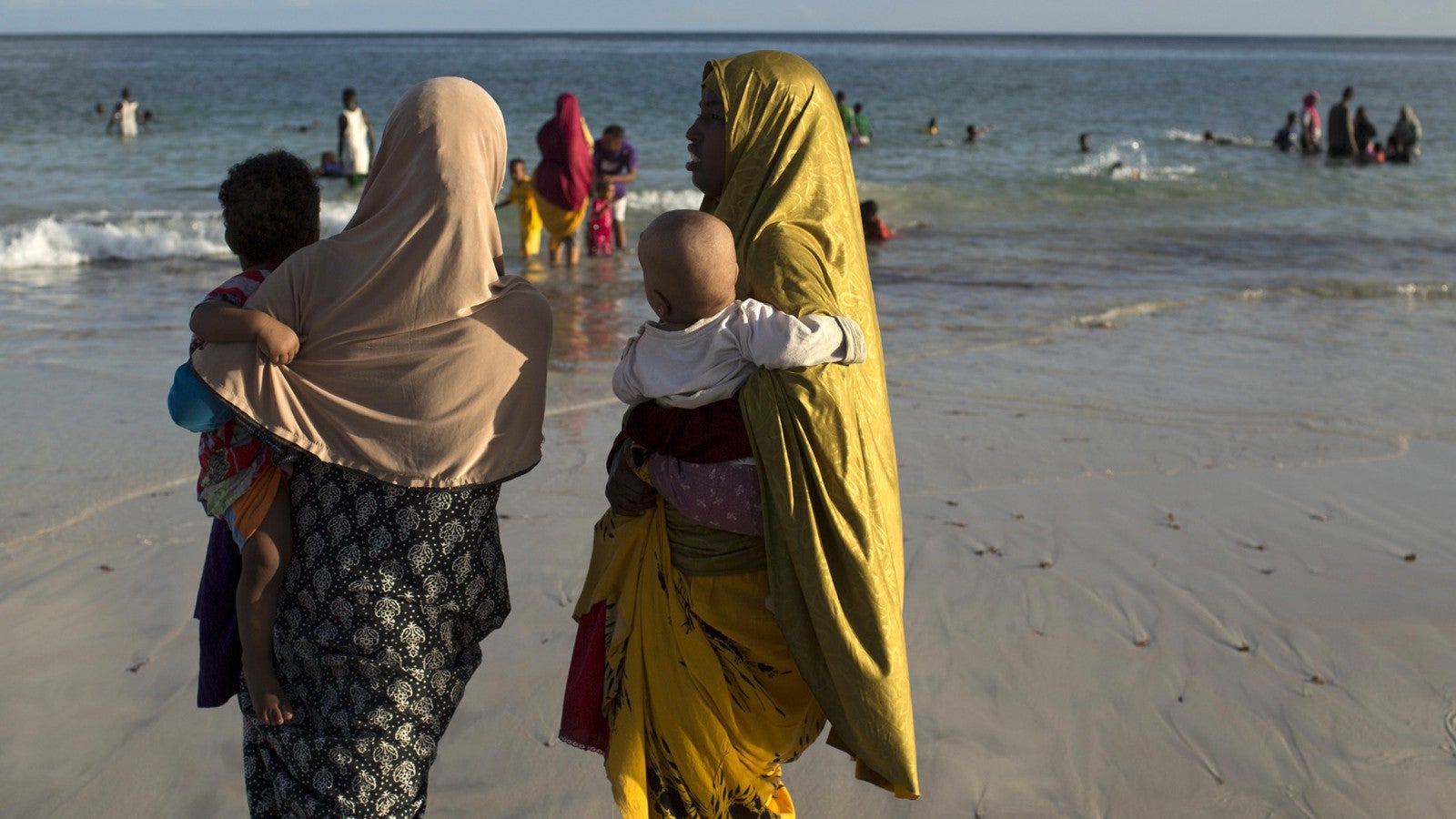Unicef: 98% of women in Somalia have undergone female genital mutilation
The practice of female genital mutilation is more widespread, and affects many more women and girls, than previously thought, according to a new report from Unicef.


The practice of female genital mutilation is more widespread, and affects many more women and girls, than previously thought, according to a new report from Unicef.
In the most-affected country, Somalia, 98% of the female population aged between 15 and 49 had undergone the procedure, the United Nations children’s fund says. Its report was released to mark International Day of Zero Tolerance for Female Genital Mutilation (FGM), which falls tomorrow (Feb. 6). As the Guardian notes, the initiation rite is often performed on girls as young as five, even if their parents don’t consent.
The total number of women living with the consequences of genital mutilation or cutting is 200 million worldwide—70 million more than reported in 2014. The massive hike is due in part to population growth, and in part to new data collected in Indonesia, one of three countries—along with Egypt and Ethiopia—that account for half of all female genital mutilation victims globally.
Unicef said that momentum was growing to address the practice, and that prevalence rates globally among girls aged 15 to 19 had declined. The biggest decrease was in Liberia, which has seen a 41 percentage-point decrease for girls in that age group over the last 30 years. Other countries with big declines in that timeframe include Burkina Faso (down 31 percentage points), Kenya (30 percentage points), and Egypt (27 percentage points).